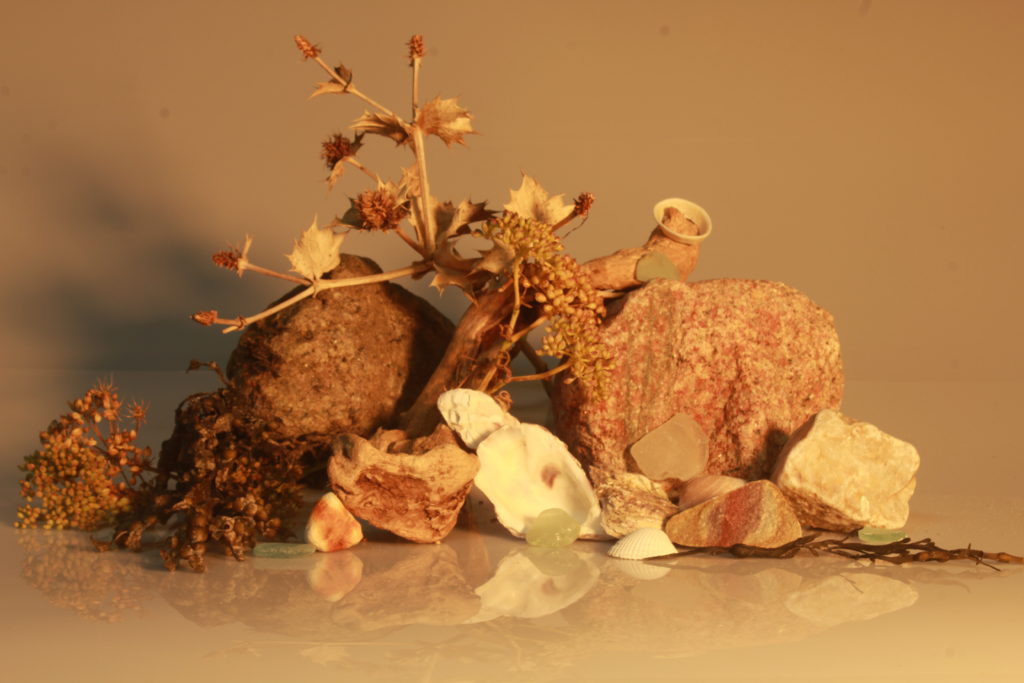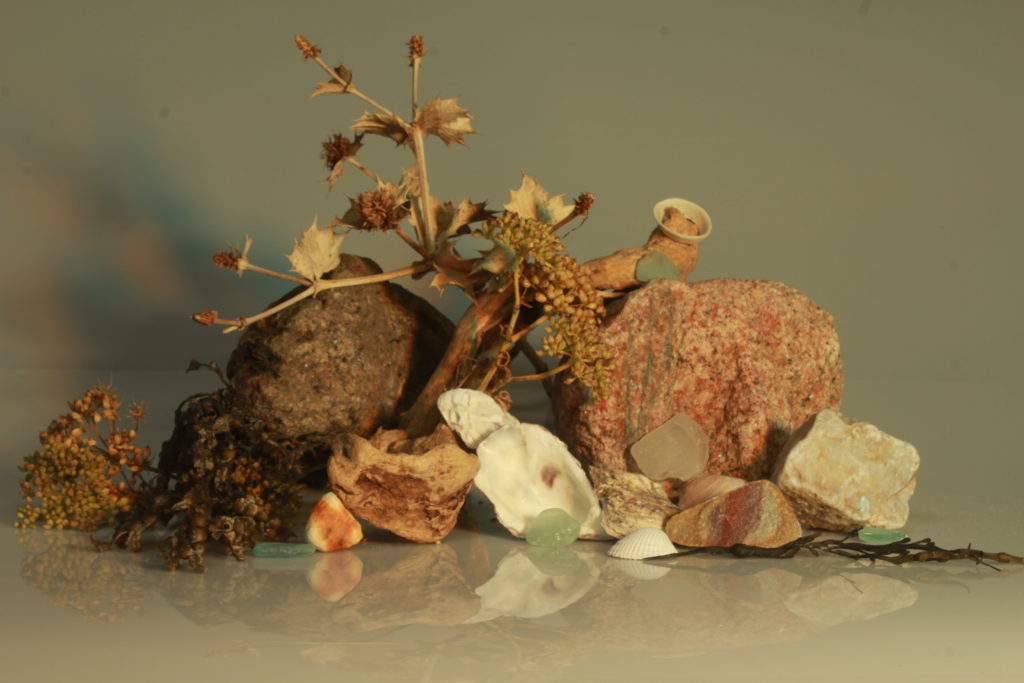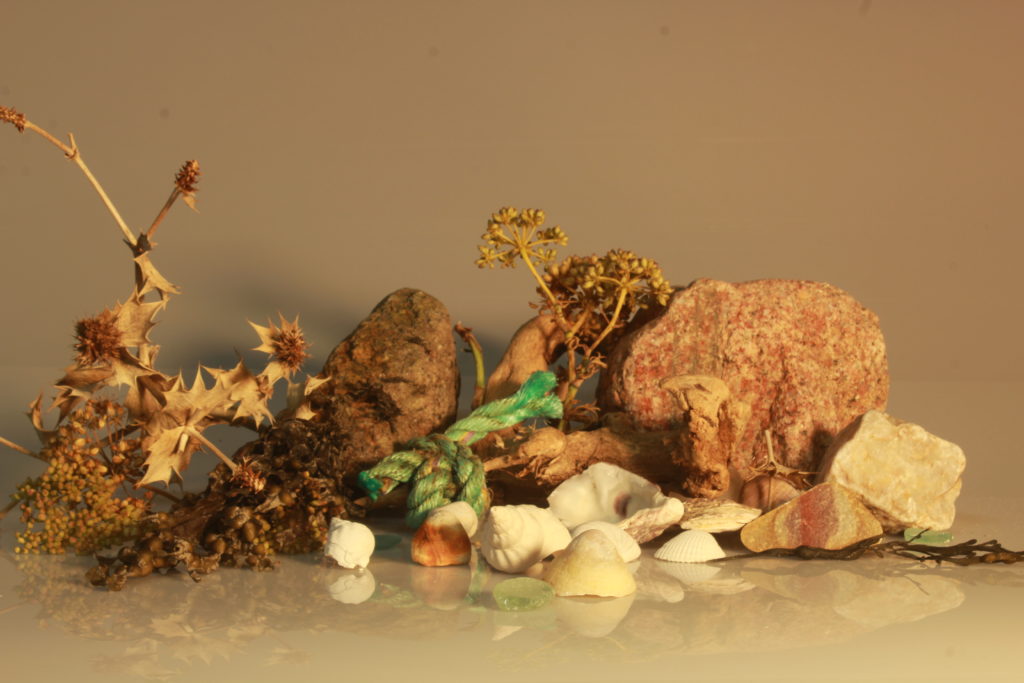Aperture can be defined as the opening in a lens through which light passes to enter the camera. in some other ways it can be describes as an iris as it work similarly like a human eye, where it can shrink or expand controlling the size or the pupil. in this example the pupil of the lens is named aperture.
When you control the size of aperture, you allow more or less light enter the camera sensor.
aperture can give a blurred background, which is usually used in portrait photography. This is because aperture has an effect on depth of field as it can add dimension to your photos by controlling depth of field.
For example, here is an image with a shallow depth of field:

Aperture can also control how clear the background is,(opposite). this means more objects in the first plan and background would be in focus. this is often used in landscape photography where photographers would like to make everything in focus.

aperture also effects the exposure of an image, the lower the aperture the lighter the image and the higher the aperture the darker the image.
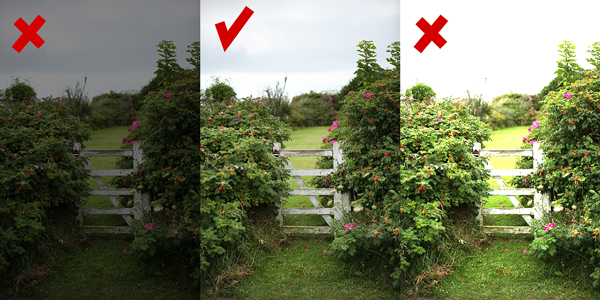
As aperture is controlled through the lens, the wider the lens, the smaller the aperture meaning more light and less in focus elements. another way to remember this is: a large aperture results in a large amount of both foreground and background blur and a small aperture results in a small amount of background blur
Depth of Field is the distance between the nearest and the furthest objects giving a focused image .In relation to depth of field the bigger the aperture, meaning the smaller the opening in the lens, the greater Depth of field , so more items are in focus.

Aperture can also be expressed as a number known as “f-number” or “f-stop”, with the letter “f” appearing before the number, such as f/6. This can be found on the top right corner of the cameras screen, like so:

Aperture affects in photography:
- The brightness / exposure of your photos and depth of field, as discussed so far
- Sharpness loss due to diffraction
- Sharpness loss due to lens quality
- Starburst effects on bright lights
- Visibility of camera sensor dust specks
- The quality of background highlights
- Focus shift on some lenses
- Ability to focus in low light (under some conditions)
- Controlling the amount of light from the flash
I have experimented with different types of aperture , resulting in some images being brighter then others. This is because as the aperture, the lens opening is wider it lets more light in causing the pictures to become overly exposed, whereas in other photographs I have used already set up camera, where the IOS, Aperture and Shutter Speed were set up in a way that was relevant to the place and circumstances
These are the settings of the set up camera, where IOS, aperture and shutter speed can be seen on the top row.
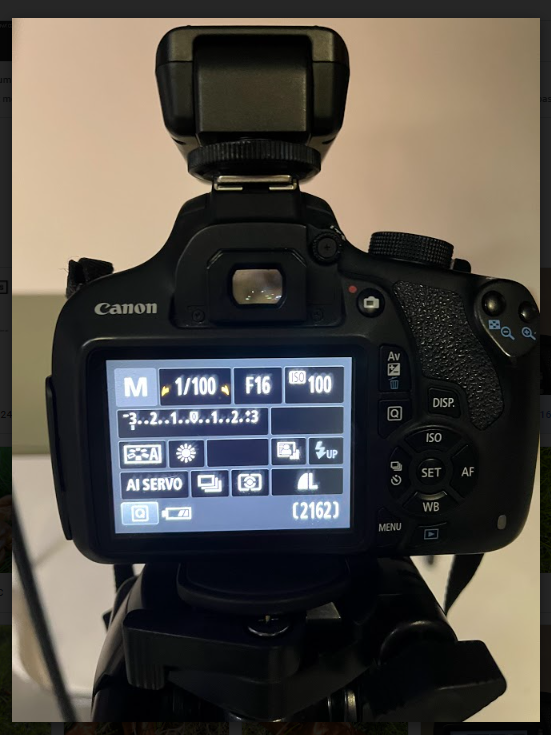
When taking photographs of the objects we had a set up white background and another coloured paper underneath the objects.
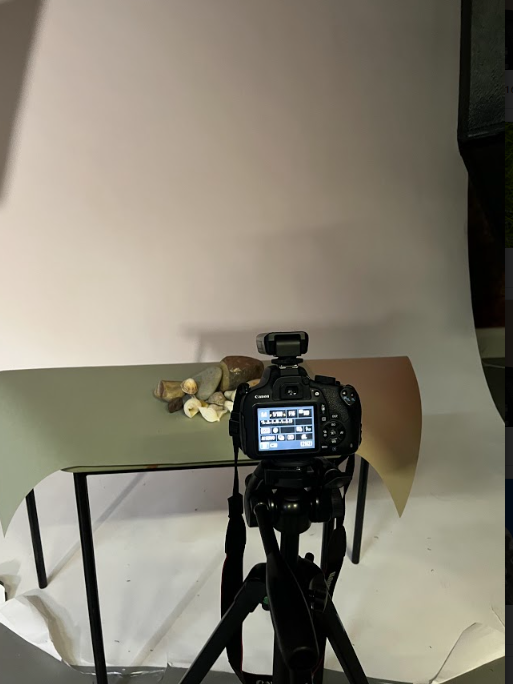
Over exposed image:
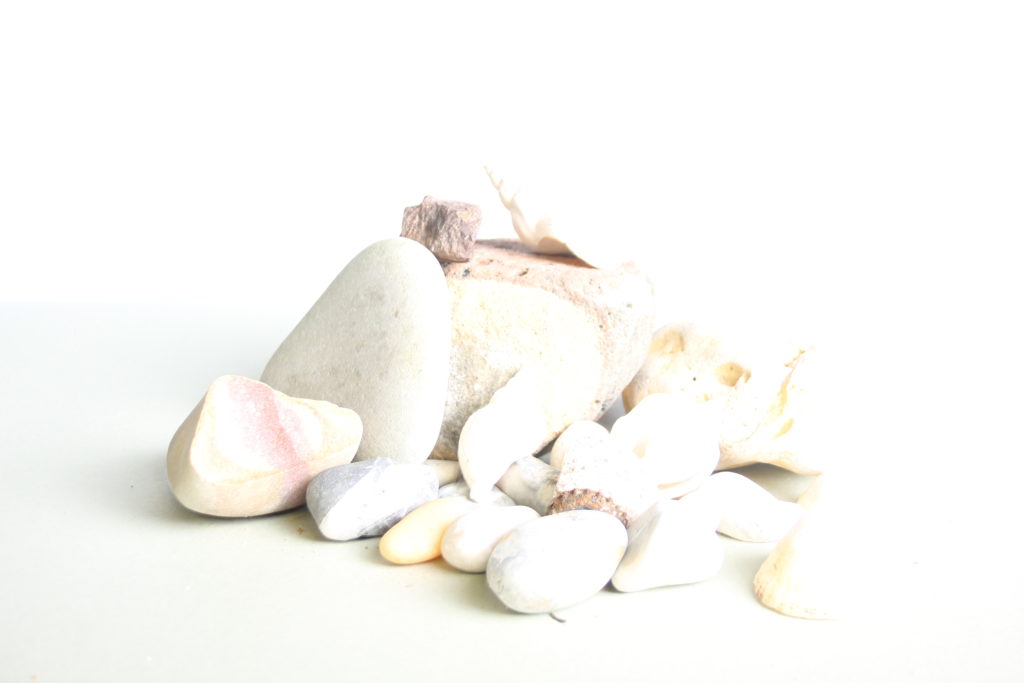
Image after adjusting Aperture:

